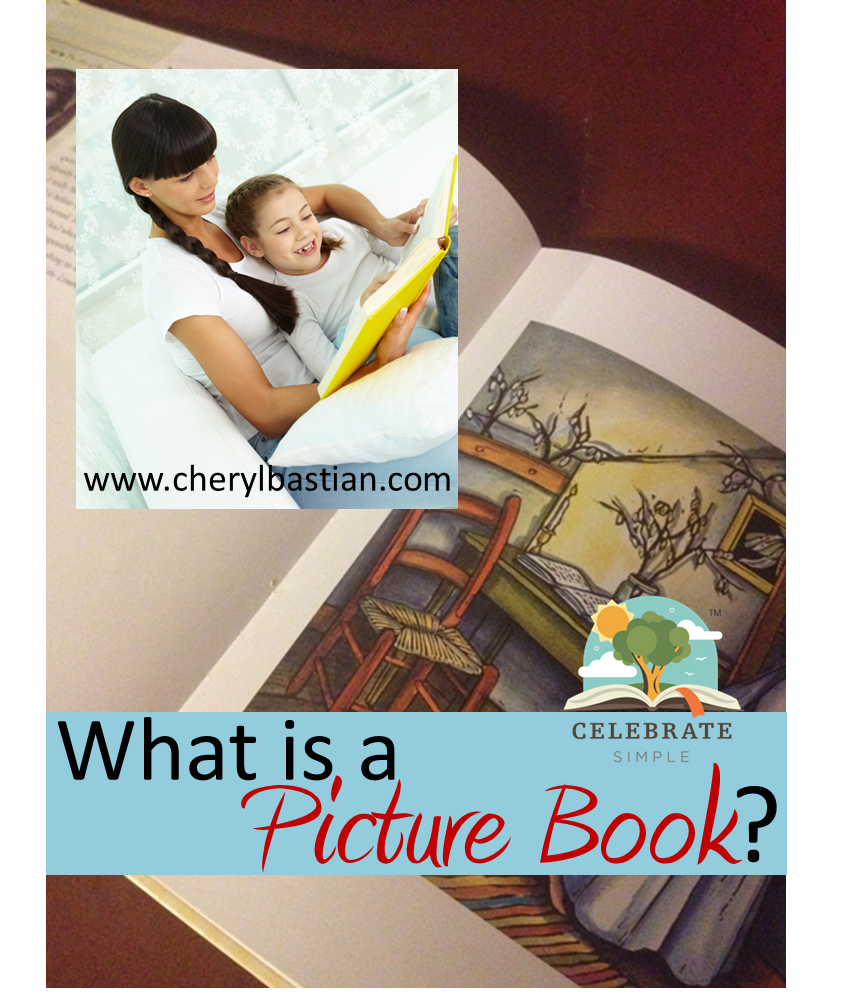How to Create Your Own Timeline
/I remember one season of our home education journey when everyone—preschool to high school—studied American History. I intentionally planned for the year, knowing our days with five learners our would be full and there would be lots of excitement buzzing about the home. Having everyone study American history on his or her level helped simplify our home learning.
“Timelines help children place people and events in history. They are a concrete visual of often abstract concepts. ”
In one particular part of that year, we were all digging into the American Revolution. Some enjoyed learning about George Washington while others wanted to act out the Boston Tea Party. The resulting conversations became engaging as siblings shared what was being read in biographies, heard on Liberty Kids, or gained from audio materials like Drive Through History. In addition, every learner had a different angle or perspective on the men, women, and events of the time. To tie everyone’s study together, we created a family timeline; an activity that could involve everyone.
“We’ve made several timelines over our 26 years of home education. Every one was unique, every one different based on our study of the time. ”
Our hallway timeline. When I want our timeline to be accessible, in sight and readily available at any given time—like a world map or globe—it extends the length of our hallway at a child’s eye level. To create this timeline, I pulled a stack of sentence strips from my supplies. Had I not had them leftover from a sentence-building exercise, I would have used four-inch strips of card stock or poster board. I taped the strips down one side of the hall and up the other; end-to-end the length of the hallway. Once hung, I used a permanent marker to write dates in fifty year increments, beginning with 1200 (1200, 1250, 1300, 1350 and so on). If you choose to this DIY project, you can easily adjust the dates for the length of your hallway, with the extent of your study in mind.
With several children adding to the timeline, there’s been times when all eyes were on the hall wall, times when siblings were interested in what others were placing on the wall. Our children are curious about the people or events they were studying but also interested in what they siblings were learning. Questions were asked. Siblings answered. Sometimes they enlisted my help. I love watching the process, observing their thinking and problem solving, their summations of what had been learned.
Our file folder timeline. One year I wasn’t quite ready to add tape to the freshly painted hall wall. I had to come up with another option. An abundance of file folders from cleaning out our old metal file cabinets provided us with instant cardstock. I cut the folders in half and glued them together so they would folded, accordian-style. Once folded, the timeline could be stored on a bookshelf. When a learner wanted to add a picture, he or she pulled out the timeline. This version saved my walls, but it didn’t create the same buzz as having the timeline out, front and center, to stop in front of and ponder.
Adding Pictures
The fun part of creating a timeline is adding the pictures. Children love to cut and paste. For the pictures, we use the index of old textbooks (discarded by my history teaching hubby) to locate needed pictures. For example, if a learner is searching for a picture of Alexander Graham Bell, I teach (or review with) him or her to use the index, which requires alphabetization (as study skill). We head to the “B’s” and the move to the “BE” words, and so on. Once we locate the page where Alexander Graham Bell is featured, we cut out any pictures. We follow the same procedure for any person or event studied. Cut out pictures are added to the timeline. If we can’t find a picture, we find a picture on the internet and print it.
Learning is fueled by excitement and engagement. Our timelines add to the engagement, especially the hallway timeline. And, I love that it was accessible. Anytime children walk down the hallway, they’re re-engaged and make observations (“Wow, so many things happened in 1776!”). Timelines offer constant review and consistent reinforcement. And, in those seasons when I have had to repaint the hallway, I smiled as I remembered the discussions which had taken place in that space. We learned history, but we also learned together.
Every. Moment. Matters.



































